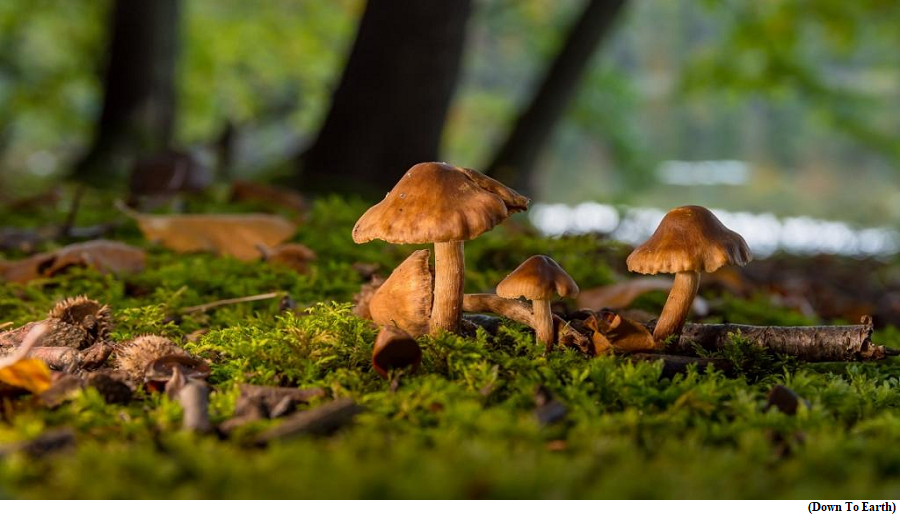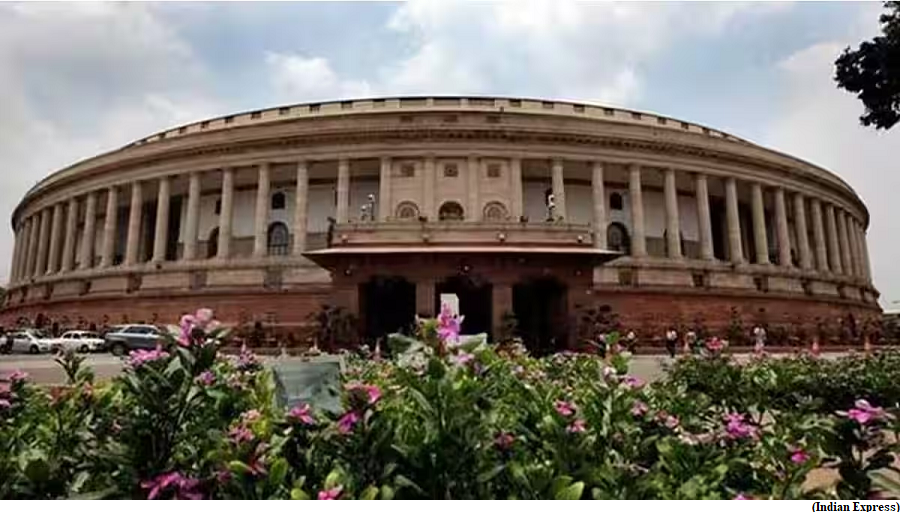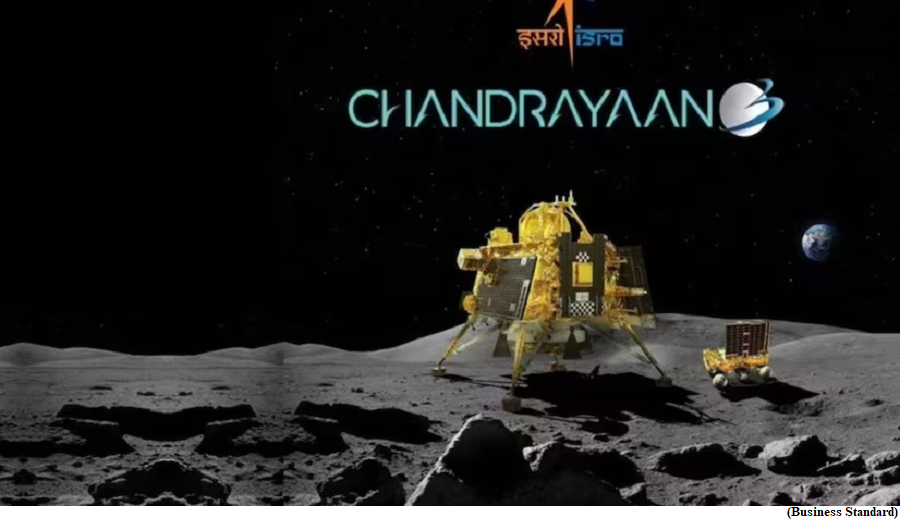Funga, UN wants us all to say it along with ‘Flora & Fauna’ (GS Paper 3, Environment)

Why in news?
- Recently, the United Nations Biodiversity has urged people globally to use the word ‘funga’ whenever they say ‘flora and fauna’, in order to highlight the importance of fungi.
- Fungi, along with Animalia (animals), Plantae (plants), Protista, Archaea/Archaebacteria, and Bacteria or Eubacteria form the six ‘kingdoms’ of biology.
Why fungi?
- There would be no life on Earth without fungi: the yeasts, molds and mushrooms that are critical to decomposition and forest regeneration, mammalian digestion, carbon sequestration, the global nutrient cycle, antibiotic medication, and the bread, beer and chocolate we consume.
- Trees would not be able to live on land without fungi.
Background:
- Two years ago, the Species Survival Commission (SSC) of the International Union for Conservation of Nature (IUCN) announced that it would use “mycologically inclusive” (referring to fungi) language in its internal and public-facing communications (“fauna, flora and funga” and “animals, fungi and plants”) and to incorporate fungi in conservation strategies with rare and endangered plants and animals.
Inclusive language:
- Just like mycelium, mycologically-inclusive language will spread unseen but profound, permeating public consciousness (and policy) to acknowledge fungi’s vital role in the grand web of life on and in Earth.
- Similar efforts are on to use more environmentally-conscious language in other spheres such as conservation, for instance.
- Survival International, the organisation that supports tribal and indigenous peoples, has produced a new Guide to decolonise language in conservation. It confronts many familiar terms, and explains the hidden histories behind others.
Govt calls special five-day session of Parliament from September 18
(GS Paper 2, Polity and Governance)
Why in news?
- The government will convene a special session of Parliament for five days between September 18 and 22.
- The special session, the 13th of the 17th Lok Sabha and 261st of the Rajya Sabha, would have five sittings.

Parliamentary sessions:
- Three parliamentary sessions are usually held annually; the Budget, monsoon, and winter sessions.
- The 17th Lok Sabha is left with only the winter session and a truncated Budget session in February for a vote on accounts.
- According to the Constitution, Parliament should have a minimum of two sessions in a year, and the gap between two sessions should not be more than six months.
- A special session until September 22 would allow the government the option of skipping the winter session and holding a truncated session in the latter half of February, the last session of the 17th Lok Sabha before it gets dissolved.
Earlier Special sessions:
- There have been several special sessions, but mostly to do with the Rajya Sabha, such as its 33rd Session (1961) of Rajya Sabha for passing the Budget of Orissa, which was under the President's Rule, or 99th Session on February 28-March 1, 1977, at the time the Lok Sabha stood dissolved, for extension of the President’s Rule in Tamil Nadu and Nagaland.
- The Rajya Sabha’s 158th session on June 3-4 1991 was held to approve the President's Rule in Haryana since the country had the Lok Sabha elections at the time.
- In August 1997, a six-day special session to commemorate the 50th anniversary of India's independence was held.
Assembly polls:
- The special session will be held barely a fortnight before the Election Commission is likely to announce the poll dates for Telangana, Mizoram, Rajasthan, Madhya Pradesh, and Chhattisgarh Assembly polls.
- The terms of these Assemblies end in January 2024; Chhattisgarh on January 3, MP on January 6, Rajasthan on January 14, and Telangana on January 16. The term of the Mizoram Assembly ends on December 17.
Chandrayaan-3 lander gauges first-ever measurements of near-surface plasma
(GS Paper 3, Science and Technology)
Why in news?
- The initial assessment of the first-ever measurements of the near-surface lunar plasma environment over the South Pole region by RAMBHA-LP payload onboard Chandrayaan-3 lander indicates that plasma there is relatively sparse.
- Meanwhile, the ILSA payload on Chandrayaan 3 lander to study lunar seismic activity has not only recorded the movements of rover and other payloads, but also has recorded an event, appearing to be a natural one.

RAMBHA-LP:
- Radio Anatomy of Moon Bound Hypersensitive Ionosphere and Atmosphere - Langmuir Probe (RAMBHA-LP) payload onboard Chandrayaan-3 Lander has made first-ever measurements of the near-surface Lunar plasma environment over the south polar region.
- The initial assessment indicates that the plasma near the lunar surface is relatively sparse.
- These quantitative measurements potentially assist in mitigating the noise that Lunar plasma introduces into radio wave communication. Also, they could contribute to the enhanced designs for upcoming lunar visitors.
Sulphur:
- Another instrument onboard the rover 'Pragyan' has confirmed the presence of Sulphur (S) in the Lunar region, through a different technique, ISRO said.
- The Alpha Particle X-ray Spectroscope (APXS) has detected S, as well as other minor elements.
How APXS instrument works?
- APXS instrument is best suited for in-situ analysis of the elemental composition of soil and rocks on the surface of planetary bodies having little atmosphere, such as the Moon.
- It carries radioactive sources that emit alpha particles and X-rays onto the surface sample. The atoms present in the sample in turn emit characteristic X-ray lines corresponding to the elements present.
- By measuring the energies and intensities of these characteristic X-rays, researchers can find the elements present and their abundances.
- APXS observations have discovered the presence of interesting minor elements, including Sulfur, apart from the major expected elements such as Aluminum, Silicon, Calcium and Iron.
LIBS instrument:
- The Laser Induced Breakdown Spectroscope (LIBS) instrument onboard the rover has already confirmed the presence of Sulphur.
Way Forward:
- Detailed scientific analysis of these observations are in progress.




